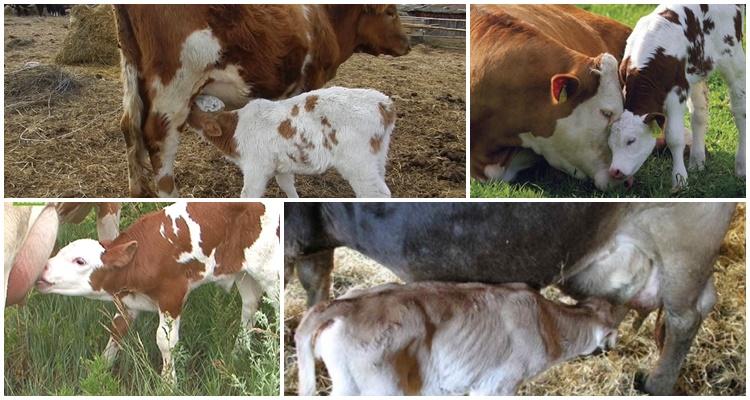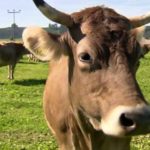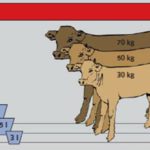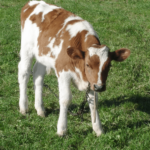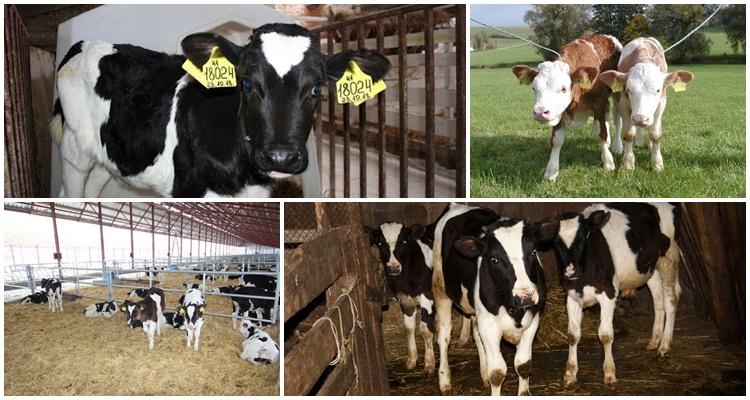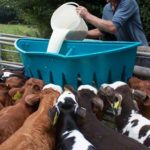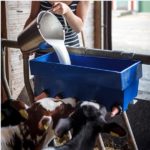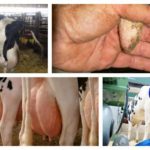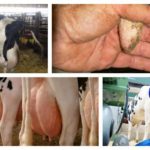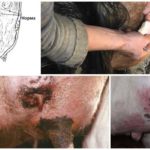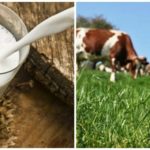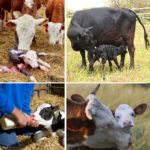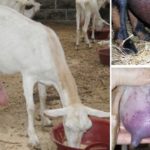Weaning a calf from the udder is a complex process with a number of important factors to consider. When carrying out this procedure, you need to remember that young animals experience stress during such manipulations, which can affect the development of the animal. However, despite the above, there are several options for solving the question of how to wean a calf from suckling a cow.
What is it for?
Weaning has two purposes. This procedure is carried out because while the calf is suckling the udder, the overall milk yield of the farm falls.This circumstance is disadvantageous for farmers. In addition, the calf needs to switch to dry food over time, since it will not live with the cow constantly.
You also need to take into account that the quality of milk may change as the young animals grow older. As a result, the growing animal will not receive enough nutrients. This procedure is carried out between the ages of 3 and 10 months. Most farmers wean calves off their mother's milk at day 605. The procedure is recommended when the animal’s weight exceeds 10 kilograms.
Preparing calves for the process
Before weaning the udder, it is recommended to perform the following manipulations:
- Remove horns and castrate if necessary. Both procedures are easier to perform when the calf is not separated from its mother. Otherwise, due to severe stress, the animal may get sick or lose weight.
- Give the cow and calf a separate room a few weeks in advance.
- Clean the pen from dirt. This will help avoid the development of respiratory and other diseases.
- Gradually introduce complementary foods and water. It is recommended to start with legumes, cereals and concentrated protein.
It is also necessary to carry out the first vaccination of the animal before weaning.
Weaning methods
The weaning method is selected taking into account the conditions of detention and the capabilities of the farm owner. Certain difficulties arise when this procedure is carried out on young animals that are bottle-fed.
Traditional
The traditional weaning method involves performing the procedure in several stages:
- A suitable day is selected. It is recommended to carry out the procedure in the warm season.
- Placing several drinking bowls and food containers in a convenient location.
- All adult cows are gradually transferred to a new pen (no more than 1-2 animals per day).
- Closing the pen with calves.
This practice has no effect on the herd. Traditional weaning goes smoothly because the calves always leave the pen behind the cows. However, the young animals need 3-4 days to get used to the new conditions of detention.
Natural
This method does not require human intervention. The calf stops suckling for natural reasons. However, this requires the cow to become pregnant again. The adult animal pushes away the young after calving. The advantage of this method is that the calves remain in the herd. The remaining animals help the young to socialize and become independent from the mother.
Excommunication “over the fence”
This weaning is carried out according to the scenario of the traditional method. But in this case, calves and cows are located in adjacent pens so that the young animals cannot suck out the milk. With this approach, animals are not separated from each other. The whole herd continues to “communicate” (sniff each other and so on).
Young animals get used to new living conditions within 3-4 days. After this, the calves begin to lose interest in their mother, switching to silage and other complementary foods.
With a nose ring
The essence of this method comes down to the fact that the farmer needs to make a muzzle in the form of a ring with pointed spikes. This design is temporarily attached to the nose of young animals.In this case, weaning occurs on the initiative of the mother: an adult cow will push away the children with each feeding, as they scratch the udder with a muzzle. The procedure takes 1-2 weeks. During this time, the young animals gradually get used to eating grass and drinking water.
Moreover, no stress arises, since the animal is constantly close to its mother.
Formula-fed methods
Weaning from the udder with artificial feeding begins long before the animal switches to hay. Over time, a psychological connection is established between the farmer who provides milk and the young animals at the “mother-child” level. When 3-4 months have passed, the livestock owner needs to gradually dilute the artificial feed with water or reduce the number of servings daily (a less successful option).
When carrying out the described manipulations, it is necessary to ensure constant access to hay and mineral supplements. You also need to regularly replenish the water in the sippy cup.
What do veterinarians advise?
For normal development and smooth weaning from the udder it is important:
- Keep pens clean and change bedding promptly.
- Regularly monitor the weight of animals.
- Establish a strong barrier between mother and child before weaning begins. In the first 5 days, cows tend to return to their calf.
- Reduce the influence of stress factors.
According to veterinarians, the best option is weaning with a nose ring. In this case, both the cow and the calf wean at the same time. This option is especially relevant for primiparous animals.

